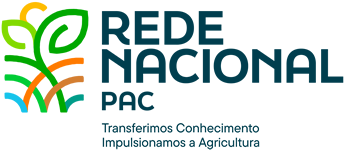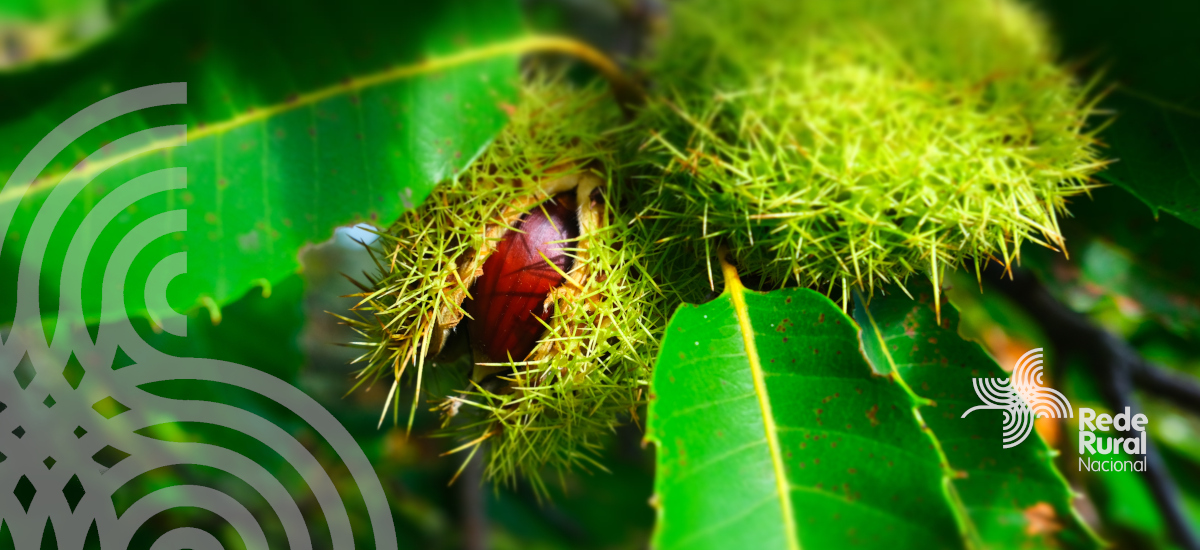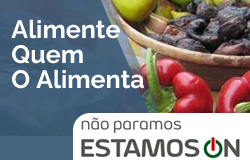The levels of inaccuracy in projections of global climate model outputs can be reduced by identification of the correlations between the output results of a number of models, which include common
...Climate change is gravely affecting forest ecosystems, resulting in large distribution shifts as well as in increasing infection diseases and biological invasions. Accordingly, forest management
...The impacts of climate and land use changes on streamflow and sediment export were evaluated for a humid (São Lourenço) and a dry (Guadalupe) Mediterranean catchment, using the SWAT model. SWAT
...The likely environmental changes throughout the next century have the potential to strongly alter forest disturbance regimes which may heavily affect forest functions as well as forest
...Rising demand for food, fiber, and biofuels drives expanding irrigation withdrawals from surface water and groundwater. Irrigation efficiency and water savings have become watchwords in response
...With abundant evidence of recent climate warming, most vegetation studies have concentrated on its direct impacts, such as modifications to seasonal plant and animal life cycle events
...Carbon in forest biomass has historically been the fulcrum for major changes in forestry and forests. Following T.S. Kuhn, these breaks with the past are seen as paradigm changes. We perceive
...Over the next decades mankind will demand more food from fewer land and water resources. This study quantifies the food production impacts of four alternative development scenarios from the
...We present for the first time a study on alternative forest management at the European scale to account for climate change impacts. We combine insights into detailed studies at high resolution
...Risks can generally be described as the combination of hazard, exposure and vulnerability. Using this framework, we evaluated the historical and future development of risk of fire and wind damage
...
























